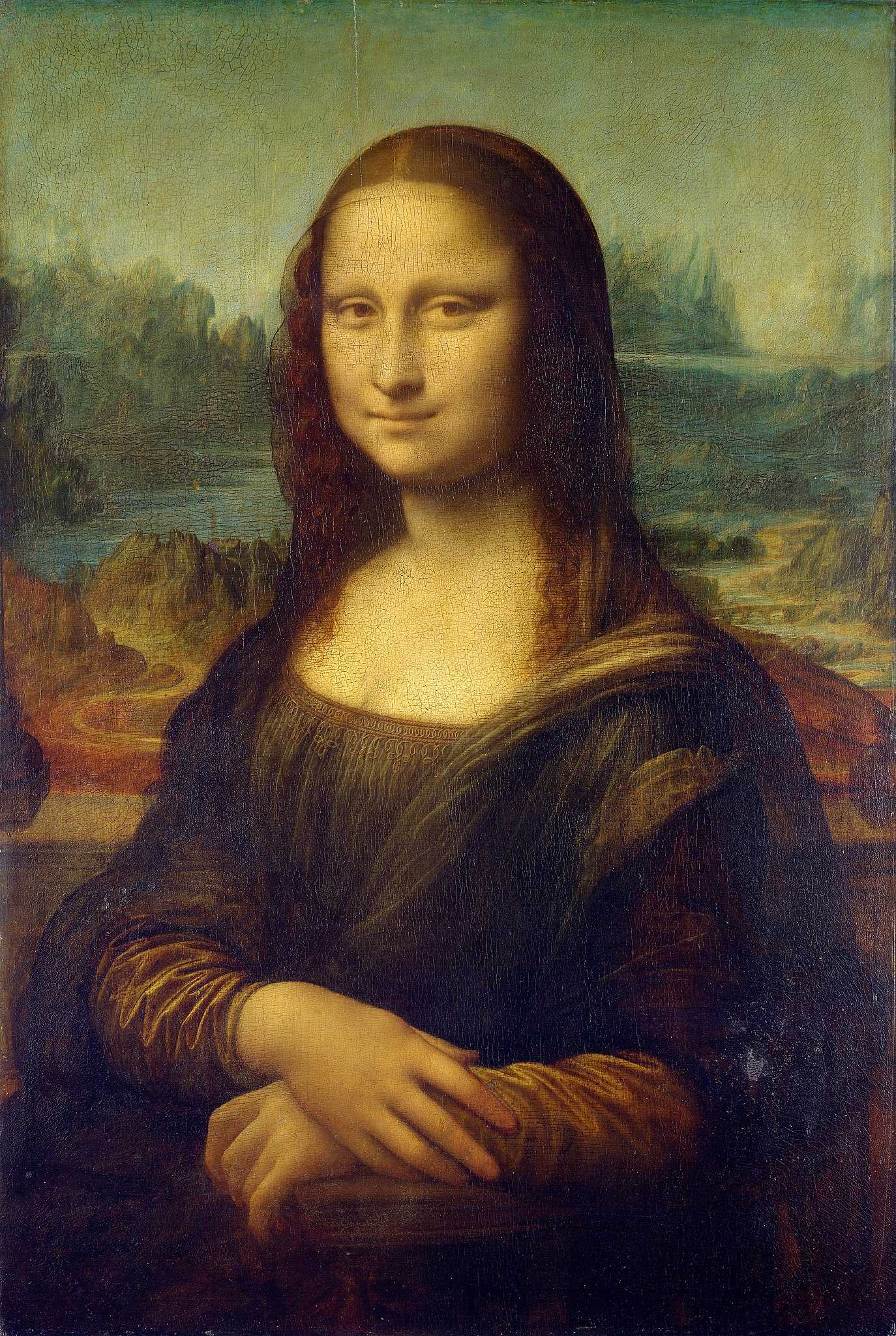Review policy of IEICE
Rather than having all the best papers, it is better to have a mixture of good and bad ones so that we do not miss out on any gems for fear of picking up the rocks.
This is the peer review policy of the IEICE. Our approach is not to publish the best paper at the time in our journals but to find diamonds in the rough. Since diamonds in the rough are not easy to find, the review policy is to pick up papers that look good as much as possible.
I often quote the Secret of the Mona Lisa's Eyes to convey this review policy. The critical point is to be prepared for future rediscoveries and not to evaluate with current values.
The Secret of the Mona Lisa's Eyes
An Italian researcher found tiny letters in the eyes of the Mona Lisa, the world's most famous painting by Leonardo da Vinci. Invisible to the naked eye and painted in black on green-brown are the letters LV in her right pupil, obviously Leonardo's initials. This discovery was made by the Italian national committee for cultural heritage after finding a description in a 50-year-old document that "Mona Lisa's eyes are full of codes." This is an excellent example of rediscovering what was suggested in an old paper revealed with the latest technology. Of course, the technology of the time could not find the secret of the Mona Lisa's eyes.
The most notable rediscovery in the field of telecommunications is the Low-Density Parity-Check Code (LDPC code) proposed by Gallager in 1963. However, because of the vast amount of computation and the better error rate characteristics of the concatenated code, it was forgotten until rediscovered by MacKay and others in 1999. It is used in DVB-S2 for satellite digital TV broadcasting and IEEE802.16e (Mobile WiMAX). It is known as an error correction code that approaches the Shannon limit.
As described above, there are many cases where something that could not be realized with the technology can lead to a significant discovery when re-examined with later advanced technology. This is why the IEICE's review policy says, "Do not be so afraid to pick up rocks that you miss out on the gems."
Enjoy your research and submit your results to IEICE Communication journals.
Takaya Yamazato, Nagoya University.
Editorial Board Chair (2020-2021), Communication Society,
Institute of Electronics, Information and Communication Engineers (IEICE)
